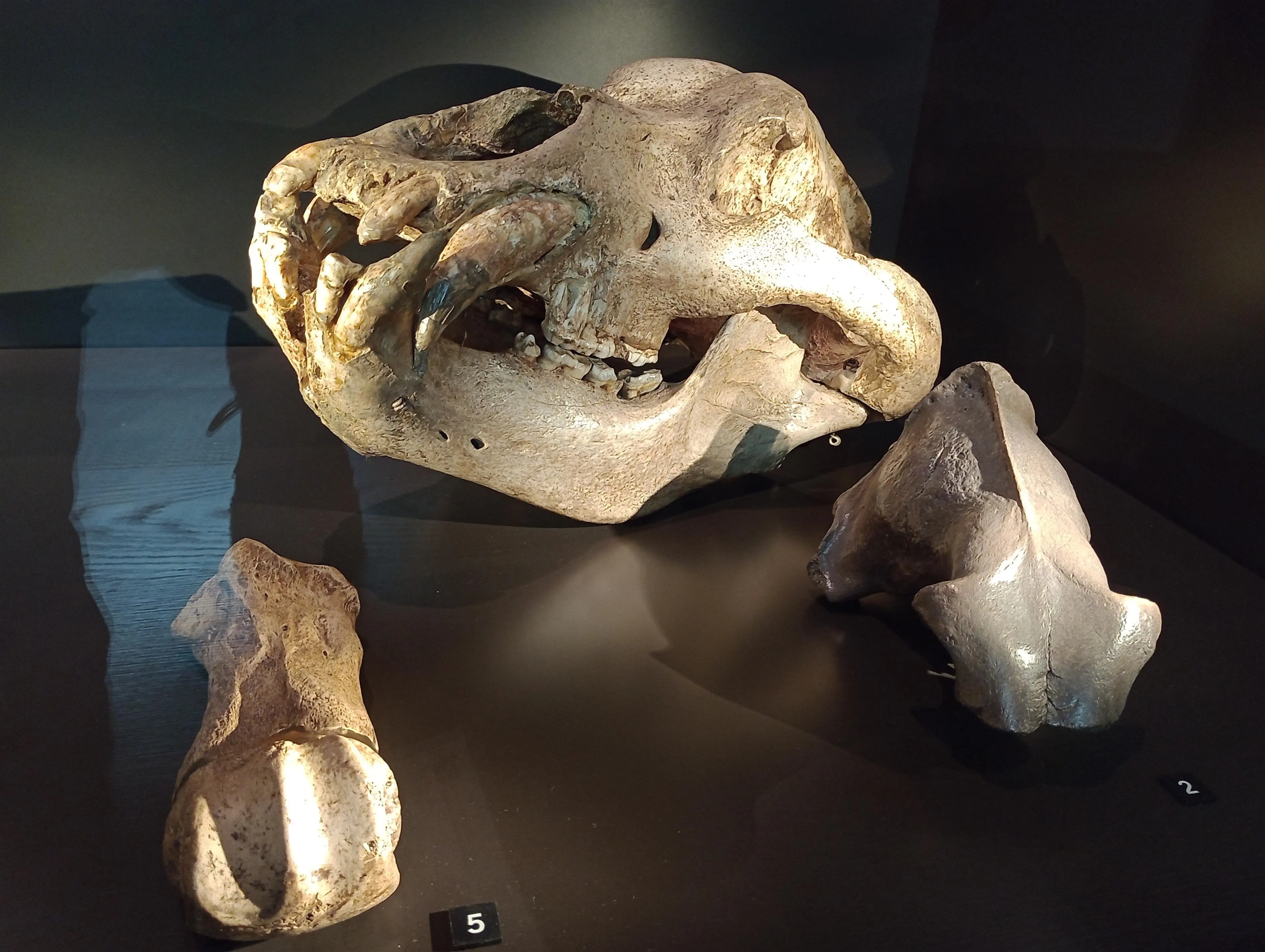Dr Jennifer Jones from the University of Central Lancashire. with collaborators from Spain, Serbia and researchers from University College London (UCL), analysed bone collagen from 40,000-year-old cave bear remains found in the Šalitrena Pećina cave in Serbia and used them to reconstruct the bears’ diet.
Following a programme of research, they concluded that although the cave bears were mostly herbivorous, they drew on a wide range of vegetation from different environments. This is evidence of ecological flexibility that challenges the previous theory that they were rigid in their diets.
Despite their ability to adjust their diets and adapt to different habitats, cave bears could not survive the rapid environmental shifts and loss of resources brought by the last Ice Age 20,000 years ago. The researchers behind the study warn that parallels can be drawn between the threats facing our currently endangered bear species.
Our study found that cave bears were flexible and could adapt to local conditions, much more so than previously thought– Dr Jennifer Jones, Senior Lecturer in Archaeology at the University of Central Lancashire
Today, six of the world’s eight bear species, including many populations of the European brown bear, remain vulnerable or endangered.
In Europe, only an estimated 17,000-20,000 brown bears are left, scattered across over 20 countries. Many are now isolated in fragmented habitats and face multiple threats including shrinking wild spaces, human-wildlife conflict, poaching, and the growing impacts of climate change.
The study supports the theory that species extinction often results from the intersection of multiple pressures rather than a single cause. It therefore highlights the urgent need to reduce these pressures now if we want to ensure that species like the brown bear have the space, resources, and genetic diversity to survive in the future.
We need to recognise that adaptability isn’t enough for bear species to survive, if the threats against them continue to mount– Dr Jennifer Jones, Senior Lecturer in Archaeology at the University of Central Lancashire
Dr Jennifer Jones, Senior Lecturer in Archaeology at the University of Central Lancashire, said: “Our study found that cave bears were flexible and could adapt to local conditions, much more so than previously thought. But when large-scale climate change was combined with human expansion, even a resilient species couldn’t cope. This should serve as a warning for us as we explore ways of protecting endangered bears today.
“We need to recognise that adaptability isn’t enough for bear species to survive, if the threats against them continue to mount.
"The more pressure that we pile on today’s wildlife like aggressive habitat loss, climate change and ongoing human conflicts, the smaller their chance of survival is.”
